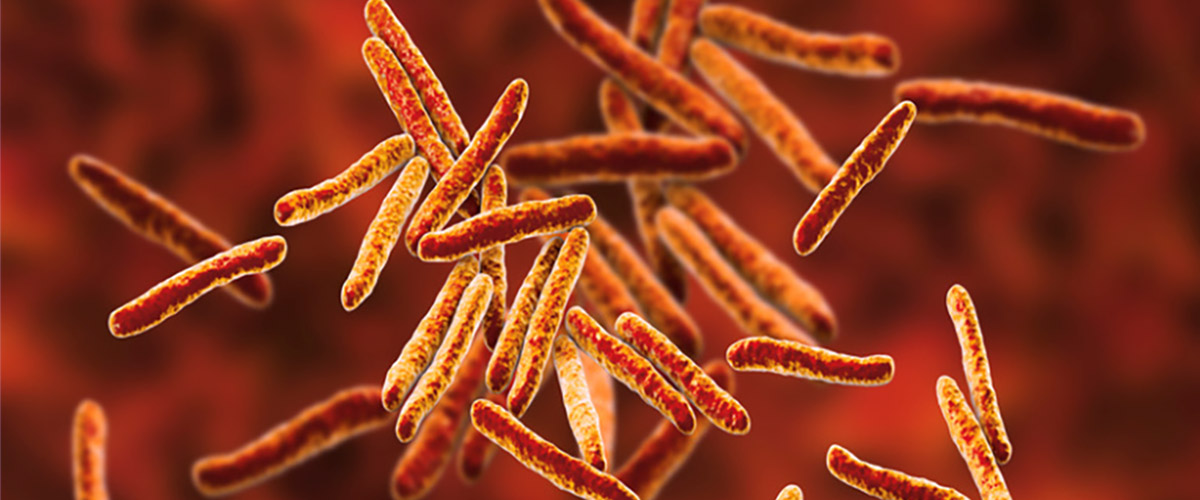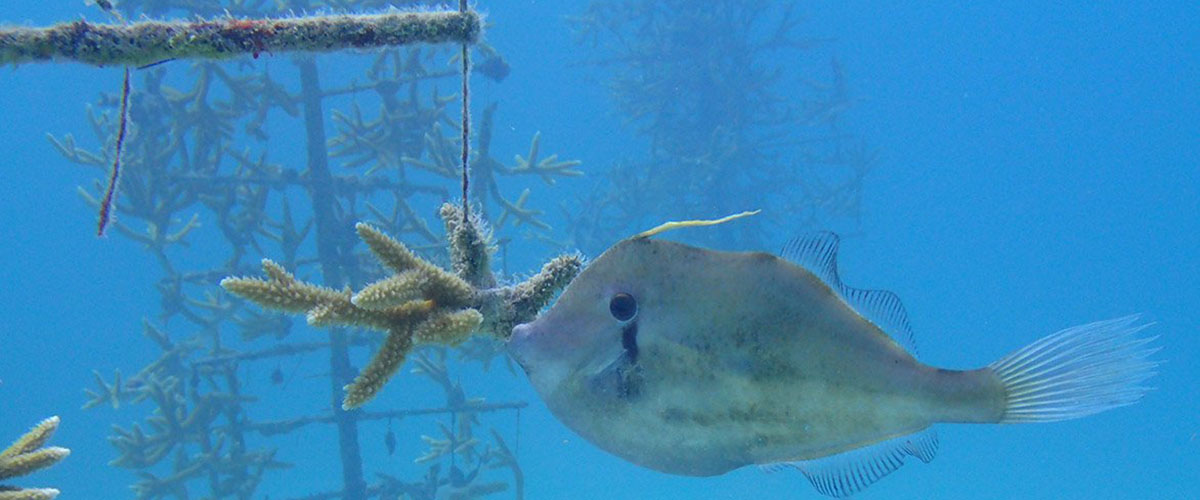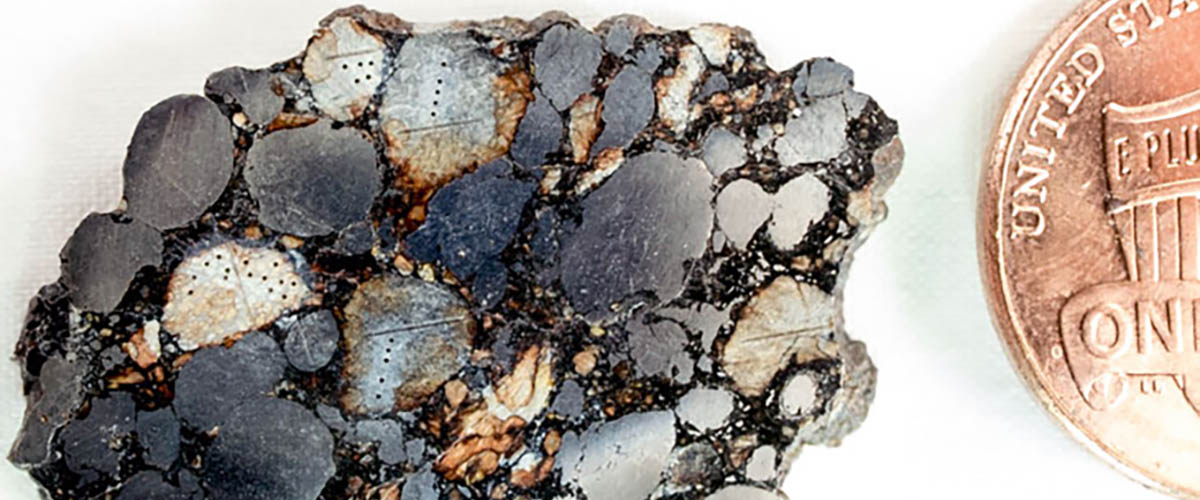With its striking blues and greens, our planet, viewed from space, seems neatly divided into water (covering roughly three-quarters of the Earth) and land. But in both terrestrial and aquatic systems, you’ll find plenty of something that’s a little of both — dissolved organic matter, or DOM.
Although it might not be obvious from a satellite’s-eye view, DOM, originating from decomposing plants and animals, is critically important in biology and the environment. Found in wetlands, ice sheets, rivers, oceans, groundwater and permafrost across the globe, it plays a role in transporting nutrients, sequestering carbon and protecting underwater ecosystems from ultraviolet radiation.
But DOM is a challenge to study: It moves around a lot and is very complex. In fact, a single liter of seawater contains more than a million different organic molecules, according to Thorsten Dittmar, a professor of marine geochemistry at the University of Oldenburg in Germany who has studied DOM extensively.
Fortunately, Dittmar and other researchers at places like Woods Hole Oceanographic Institution, the National MagLab and elsewhere have a great tool for analyzing the composition and behavior of DOM: Fourier transform ion cyclotron resonance (FT-ICR) mass spectrometry. With these magnet-driven tools, they study issues related to climate change, agricultural nutrients, mercury contamination and much more.
Explore the interactive map below to see what those scientists are learning across the globe, and find links to their research.
Interactive Map: Dissolved Organic Matter Research
Click on any of the blue dots to read about research on dissolved organic matter from that location.
By Kristen Coyne





